In April, Apple began to move employees into its colossal new headquarters, a 2.8 million square foot ‘spaceship’ that took a team of 250 architects, eight years and US$5 billion to build. The ring-shaped building, designed by Foster + Partners, is clad in the world’s largest panels of curved glass that will soon look out onto over 6,000 trees that the company is planting.
The campus also includes a luxury wellness center and an impressive arsenal of sustainable technologies, and though it may appear otherworldly, it typifies many of the design trends being implemented at offices from Silicon Valley to Shenzhen.
“While each company culture is unique, many organizations are dealing with similar issues that can be addressed through design”, says Eric Phillips, a partner at architectural design firm NBBJ, who has designed work environments for companies like Google, Amazon, Samsung and Suning. Some of these issues include recruitment and retention, the need for innovation, increasing productivity and ensuring wellness.
To address these challenges NBBJ employs a variety of design strategies, one of the foremost being the incorporation of green space. “The desire to lower energy use and incorporate green spaces is twofold,” he says. “One, we seek with our clients to be good stewards of the environment. Two, we know through neuroscience research that humans have an innate connection to nature. For example, those who take a walk are more alert and have higher levels of cognitive performance than those who are sedentary indoors.”
Indeed, recent studies have shown that interrupting a tedious, attention-demanding task with a 40-second ‘micro-break’ in which one simply looks at greenery improves focus and subsequent performance on the task. Tech companies are among the first to capitalize on such findings. Facebook’s Frank Gehry-designed headquarters in Cupertino opened in 2015 complete with a nine-acre rooftop park. The same year Samsung’s North American headquarters, designed by NBBJ, presented an innovative layout where each employee is no more than one floor away from outdoor green space.
These days NBBJ is applying similar strategies for clients in Asia. At Tencent’s new headquarters in Shenzhen, two towers are connected by three bridges or ‘skystreets’, which provide the vertical campus with green spaces, fitness amenities and other connective elements. Alibaba’s new headquarters in Hangzhou will be arranged around a central open space or ‘common’ and the layout ensures that each employee’s workspace has natural daylight and is located less than a minute from outside green spaces. “Physical and visual access to nature enhances brain activity,” Phillips says. “We allowed this basic idea to be a driver for formal strategies and office space planning.”
In addition to outdoor access, spatial planning of large campuses tends toward spaces that foster collaboration. It may seem counter-intuitive, given the proliferation of people who now work remotely, but companies are realizing that cross-fertilization of ideas developed by chance encounters can lead to major advances. Physical proximity does matter and even an era of mobility, togetherness will be a major theme of future offices,” Phillips says. He points to collaborative partnerships like those of Steve Jobs and Steve Wozniak, or John Lennon and Paul McCartney.
Co-working establishments are also making shared space a central part of their design concepts. New York-based company WeWork, which pioneered the co-working trend (and now commands a valuation of US $18 billion) employs a fulltime staff of designers who create a purposeful Silicon Valley vibe complete with glass walls, wood-paneled floors, industrial accents and comfy, communal spaces. The idea is that, by creating a sense of community, each enterprise could inspire the others. “If you go into a typical law firm or hedge fund, the classic floor plan—and the hierarchy—still exist. But a large portion of the workplace has flattened,” says Brittney Hart, WeWork’s head of interior design. “There’s a desire to learn from your peers.”
WeWork now has 181 locations in 47 cities and new locations are opening in India and China, but local spinoffs are proliferating too. Chinese competitor UrWork is growing quickly (it now has 78 offices of its own across 20 cities) and plans to go global this year. At its bunker-chic Shanghai location, “Sunshine 100,” a wood-paneled café has a bar and beer taps that provide a focal point for communal bonding sessions.
Phillips refers to spaces that help to create new relationships as “generative offices” as opposed to conservative ones, and he believes there will more of them in the future. He also anticipates the use of sensors and personal apps that track things like light, sound, temperature and movement in the workplace, as well as increasingly sophisticated office amenities such as bike concierges and maker spaces that ensure people “get their hands dirty” and innovate together to come up with new products and ideas.
In China, physical space and workplace facilities typically haven’t been considered as an integral part of enterprise strategy, but Phillips believes this is starting to change. “It’s important for companies to consider their workplace investments as a business tool. Many of our most forward-thinking clients have embraced this notion, and I believe more will in the years to come.”



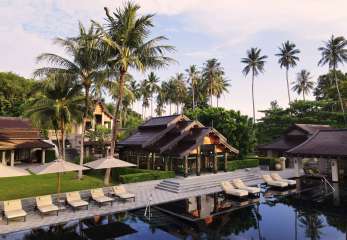
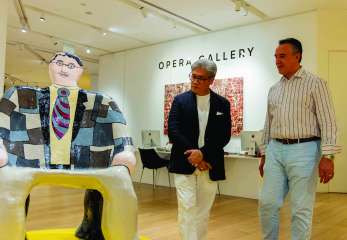
-ADiN.jpg&w=347&h=240&crop-to-fit)
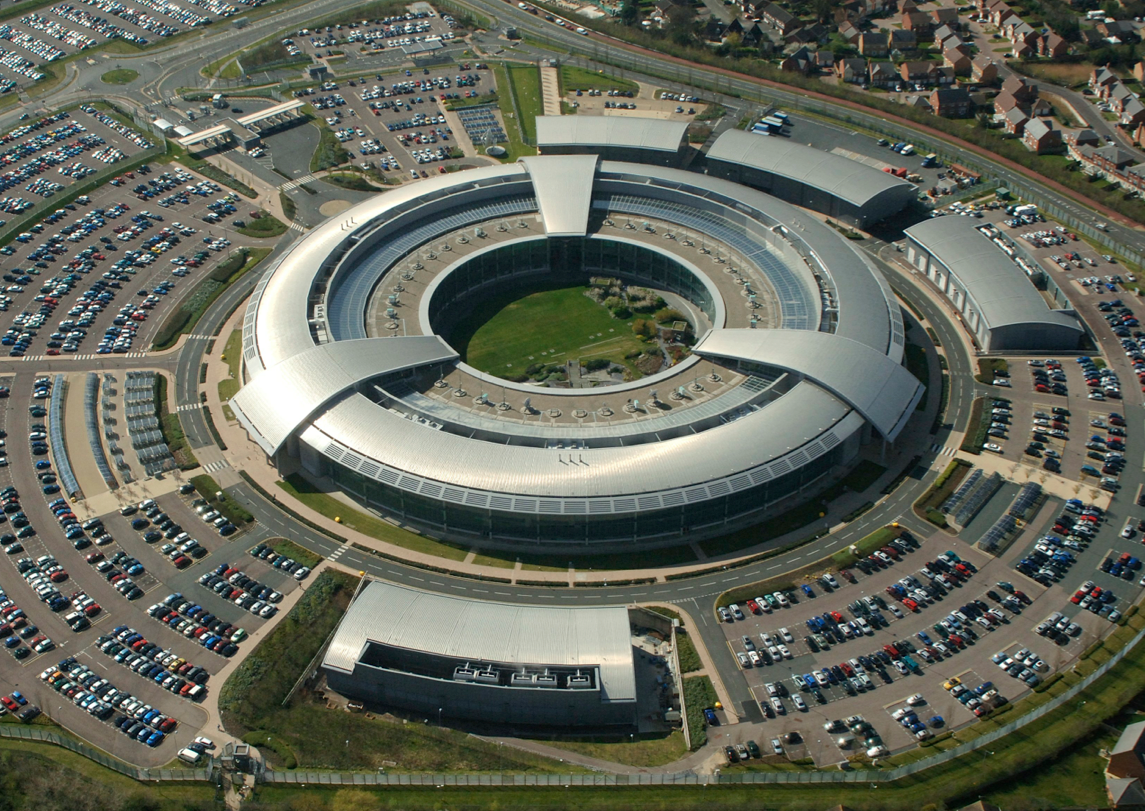
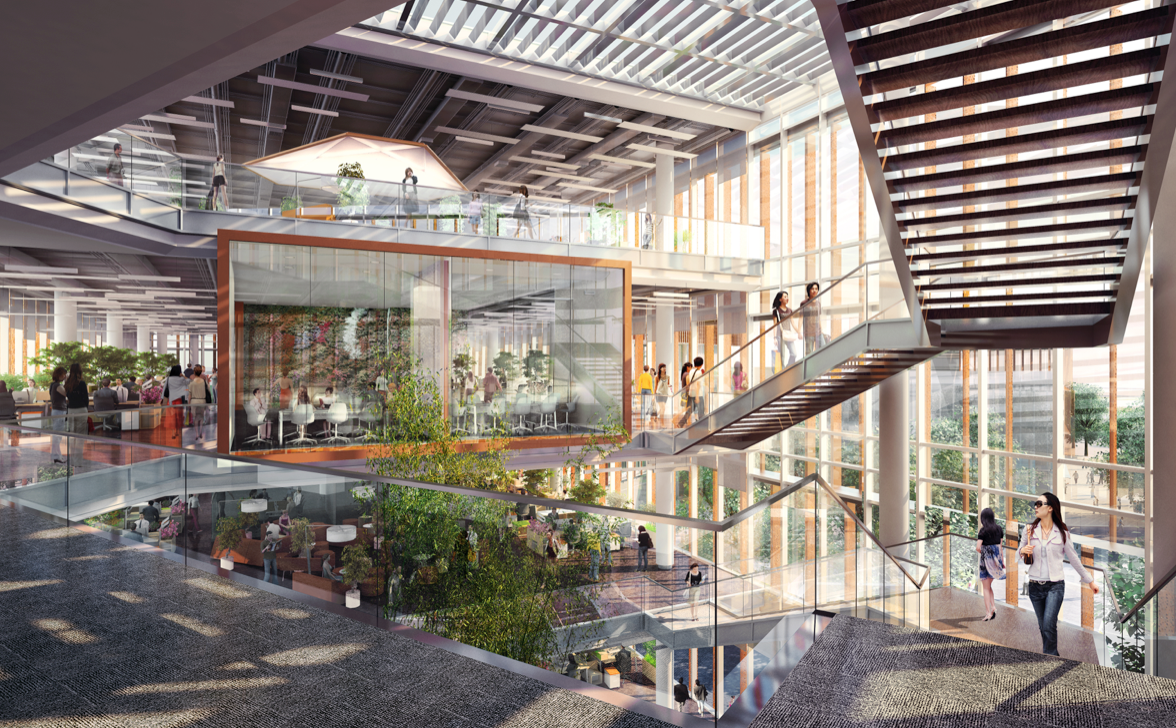
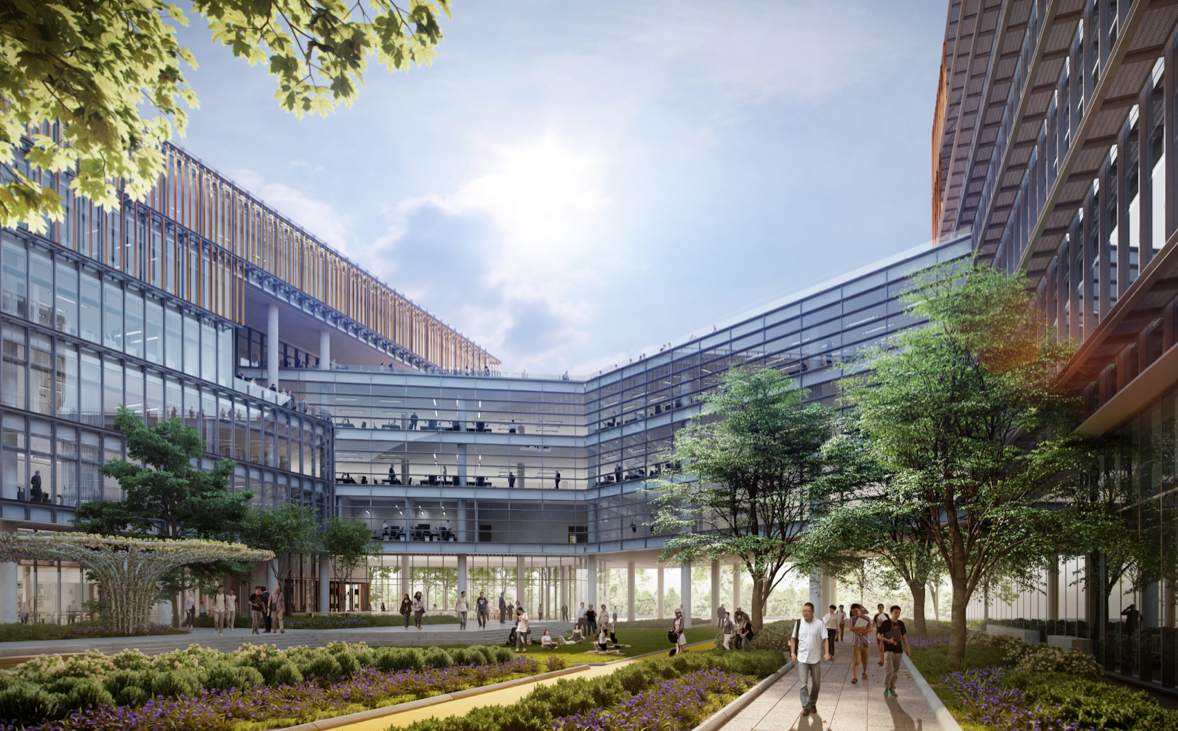
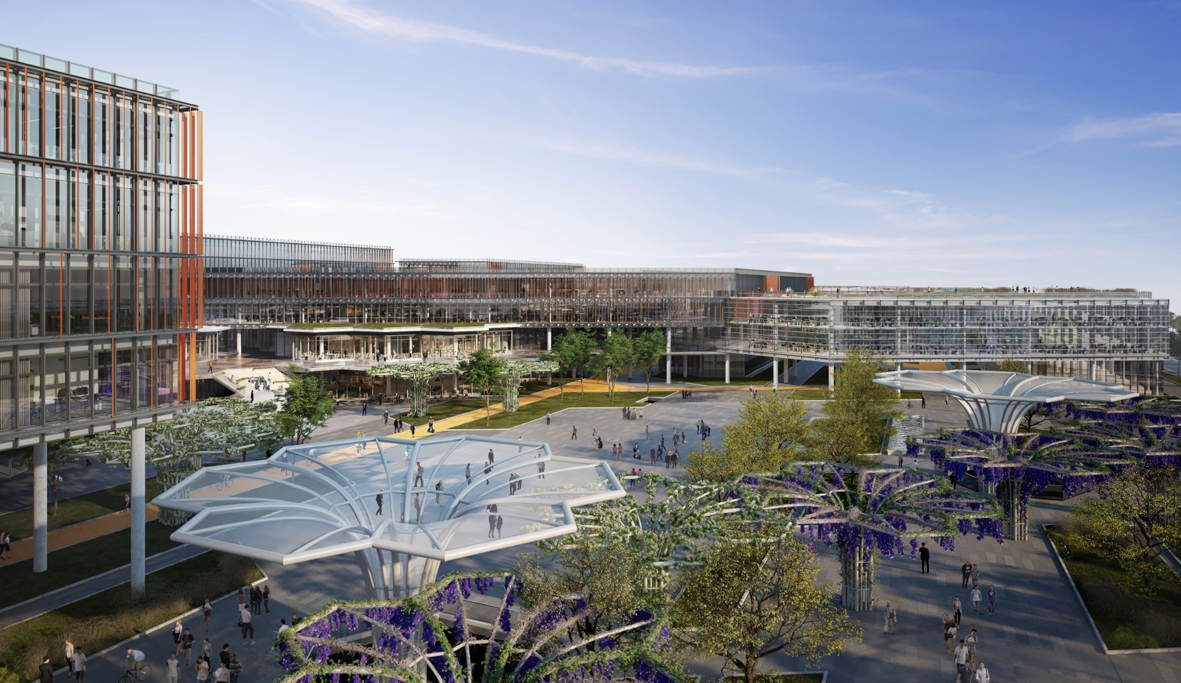
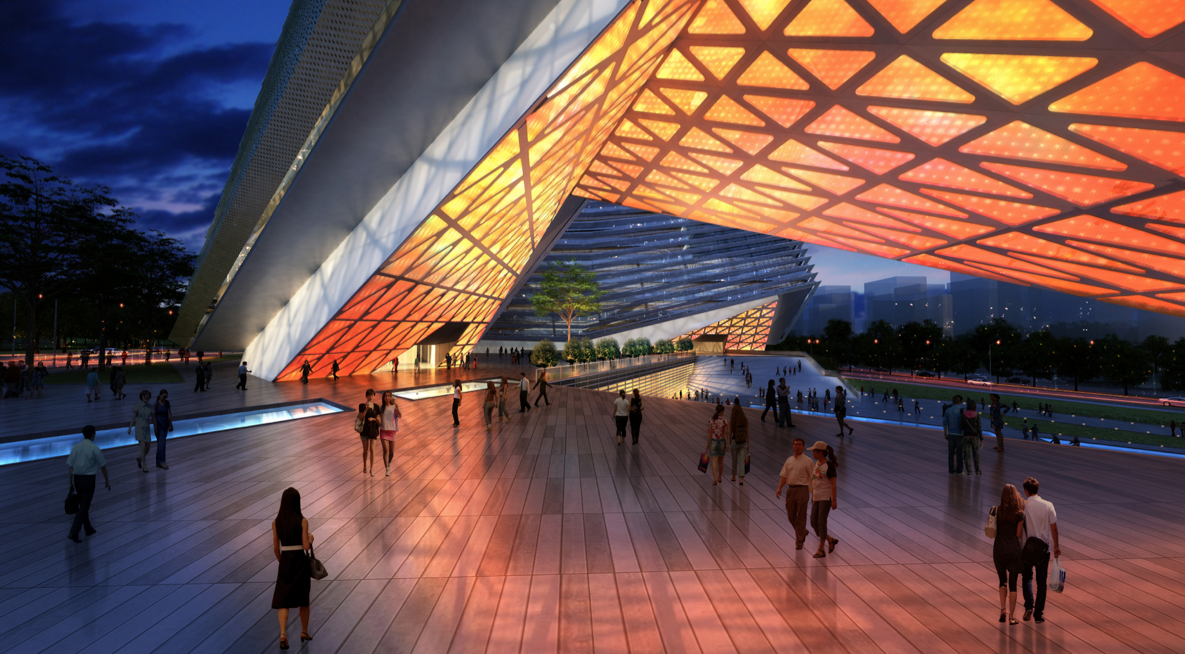

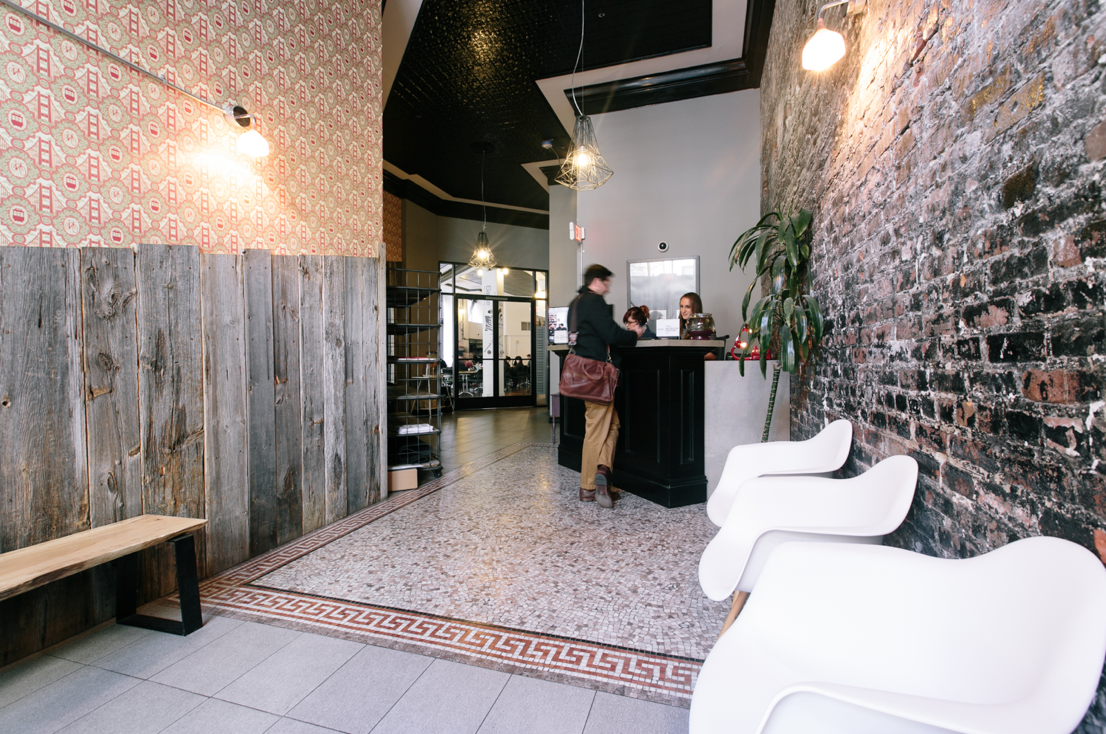
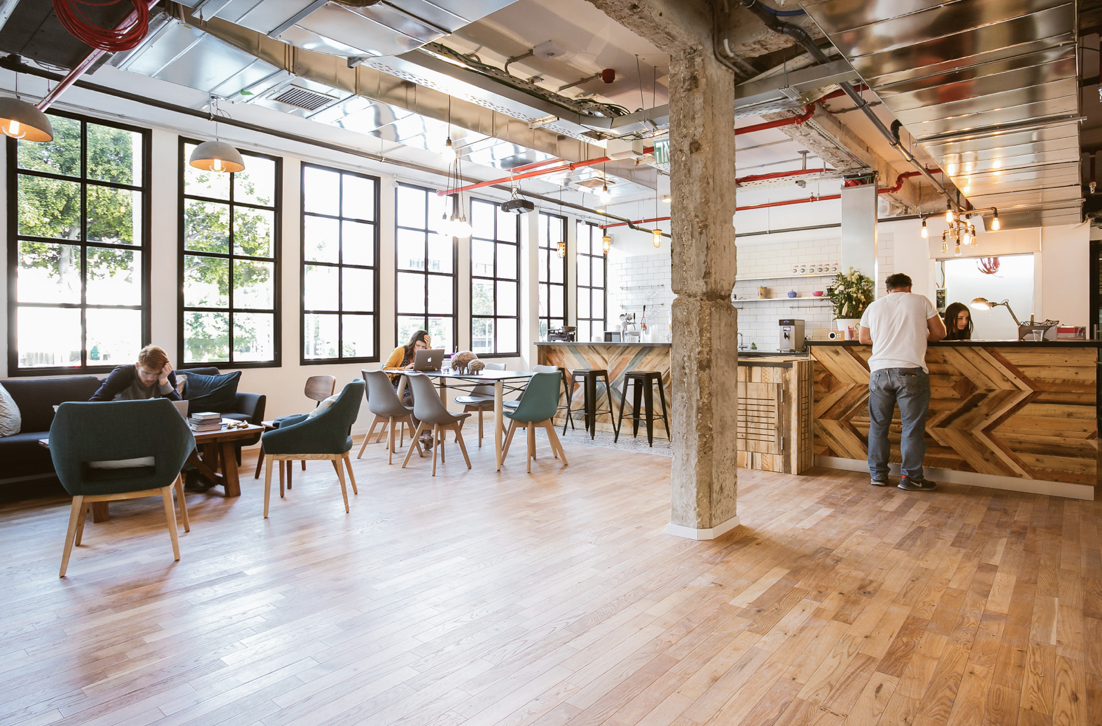
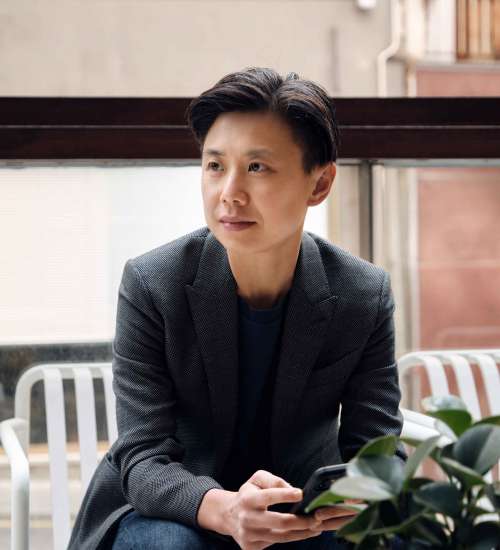

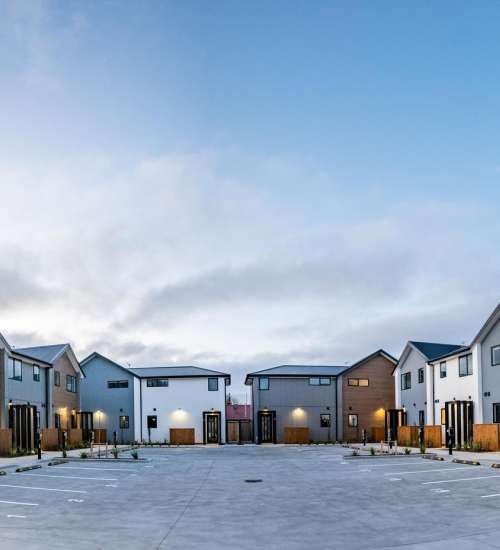
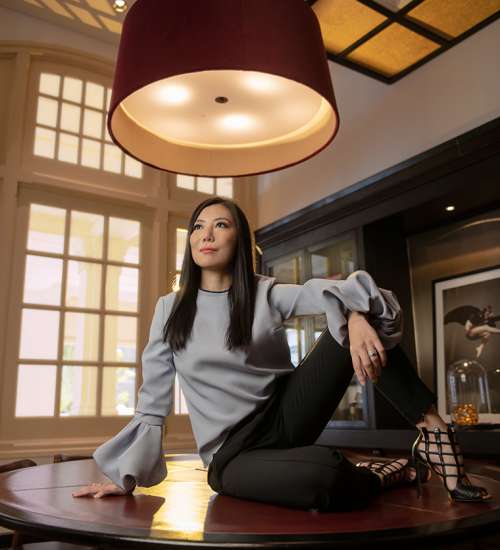
 Back
Back
